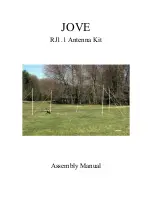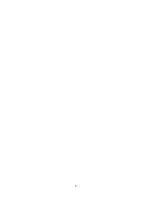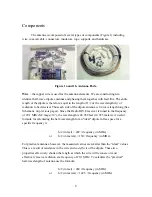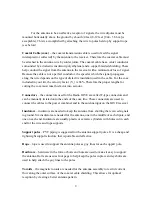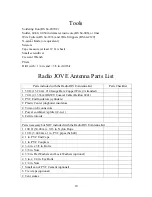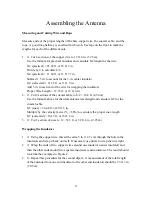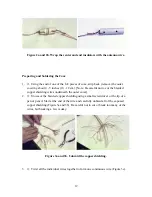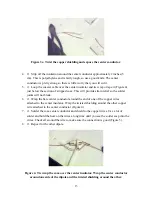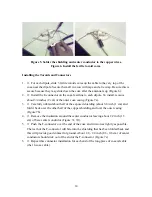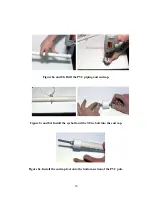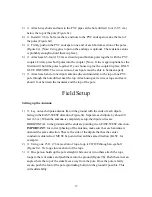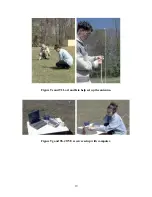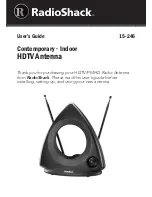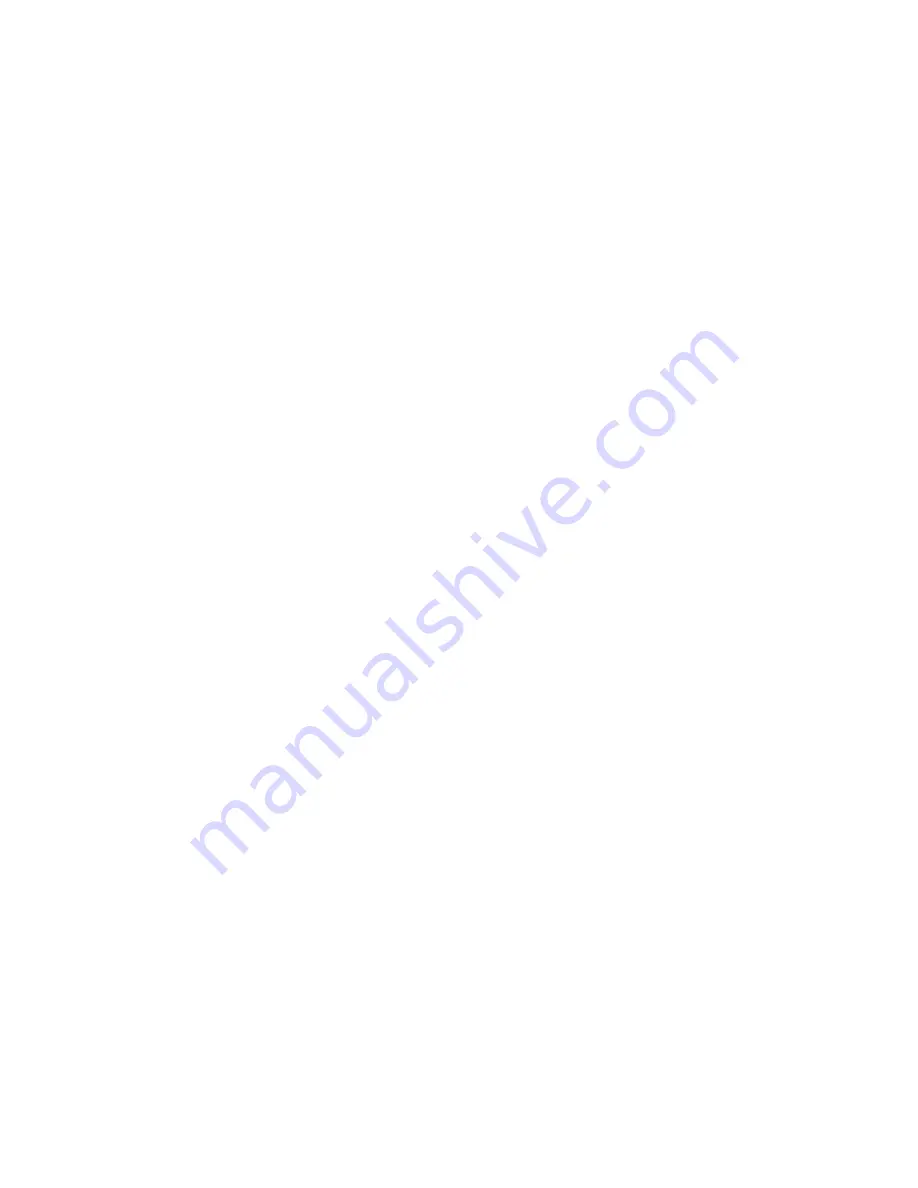
11
Assembling the Antenna
Measuring and Cutting Wire and Rope
Measure and cut the proper lengths of the bare copper wire, the coaxial cable, and the
rope. A good long hallway is excellent for this job. Use tape on the floor to mark the
lengths for each of the different cuts.
1.
o
Cut 4 sections of the copper wire to 12 ft. 4 in. (3.76 m).
Use the formula for practical antennas and calculate
λ
/2 length for the wire.
λ
/2 (practical) = 23.28 ft. or 23 ft. 3 in.
Divide by 2 to calculate
λ
/4
λ
/4 (practical) = 11.64 ft. or 11 ft. 7.7 in.
Subtract 1.5 in. to account for the 3 in. center insulator
λ
/4 (corrected) = 11.52 ft. or 11 ft. 6 in.
Add 5 in. to each end of the wire for wrapping the insulators
Proper Wire Length = 12.35 ft. or 12 ft. 4 in.
2.
o
Cut 2 sections of the coaxial cable to
λ
/2 = 16.2 ft. (4.94 m)
Use the formula above for the ideal antenna wavelength and calculate
λ
/2 for the
coaxial cable.
λ
/2 (coax) = 24.48 ft. or 24 ft. 5 in.
Multiply by the velocity factor (V
f
= 66%) to calculate the proper coax length
λ
/2 (corrected) = 16.15 ft. or 16 ft. 2 in.
3.
o
Cut 1 section of coax to
λ
= 32.3 ft. or 32 ft. 4 in. (9.85 m).
Wrapping the Insulators
1.
o
Using the copper wire, thread the extra 5 in. (12.7 cm) through the hole in the
insulators and wrap it back on itself. If necessary use pliers to wrap the wire tight.
2.
o
Wrap the ends of two copper wires around one insulator (center insulator) and
then the other ends around two separate insulators (end insulators). The result should
look like the examples in Figure 2.
3.
o
Repeat this procedure for the second dipole. A measurement of the total length
of the antenna (from one end insulator to the other end insulator) should be 23 ft. 3 in.
(7.09 m).
Summary of Contents for RJ1.1
Page 1: ...JOVE RJ1 1 Antenna Kit Assembly Manual...
Page 3: ...2...
Page 5: ...4...
Page 7: ...6...
Page 8: ...7...

